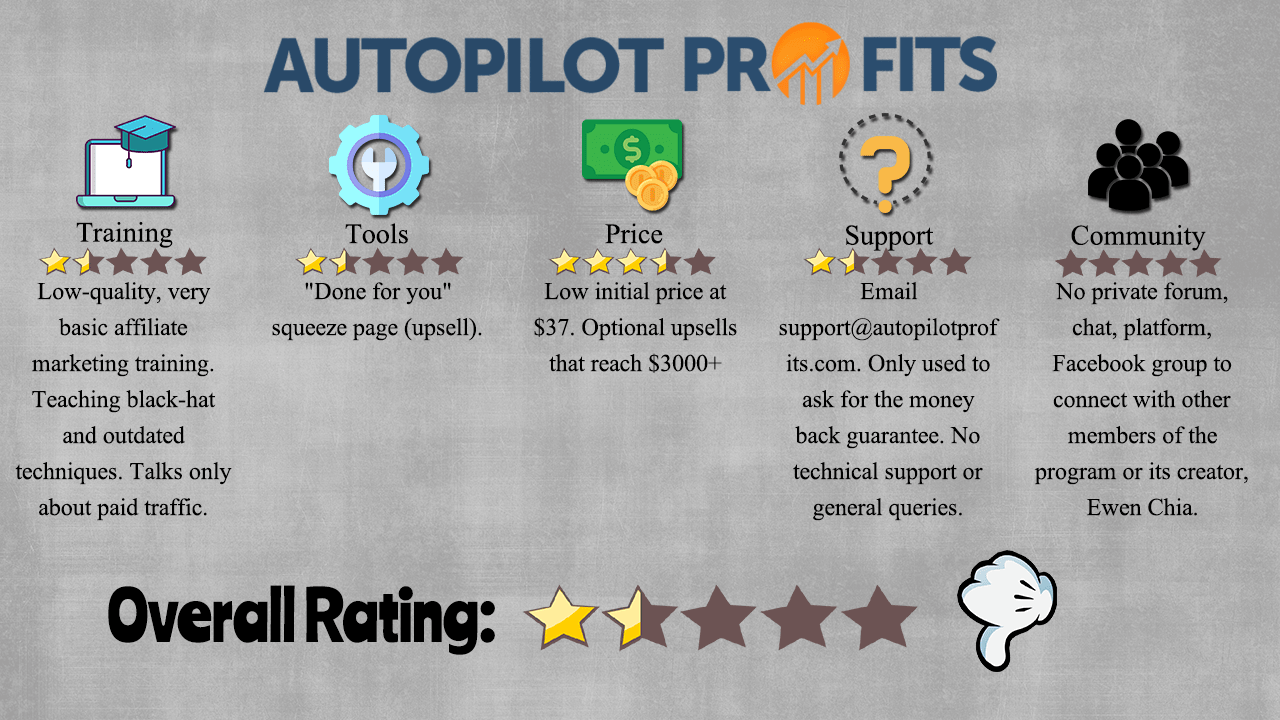

“We used the way the Web works and took down our own server,” he says. Create a video that makes inaccurate or false promises about Swagbucks rewards. Klakson Toa Polisi Patwal & Sirine 7 Suara - Termignoni. Promise to give rewards or payments to your 'friends' in exchange for signing up with your referral link. dan berkualitas dengan harga sangat bersaing dan mengutamakan kepuasaan pelanggannya.
#SWAGBUCKS BOT BLACK HAT CODE#
Post referral links or bulletin board code on websites that prohibit them. “You could be tracked by who paid for the guilty ad,” he says.Īd blockers that are used to speed up the loading of Web pages and make them less annoying to users could become a security tool if this technique catches on, Grossman says, but he didn’t have a way to stop such attacks. Send referral emails or texts to strangers. Grossman says he is uncertain whether it would be possible forensically to track down the ad at the center of such a botnet and ultimately track it to the individuals who bought the ad. The upside for attackers is that the botnet is random with no command-and-control server that defenders could take down. Since the users whose browsers were enlisted to the botnet were unwitting, they didn’t want to make any changes to the browsers, he says. whelenindonesia hhs3200 whelenion SA314A feniexhammer jualsirine dprd dprri polisi tni perwira mobildinas walpri patwal denwal dirlantas. That was using HTTP requests six at a time without using the FTP bypass, Grossman says. The researchers paid the ad network to distribute their ad and within 18 hours it was generating 8.1 million requests to the server coming in fast enough to take it down.

That way they could alter the script on their own servers and have the changes picked up by the ad without having to deal with the ad network again, Johansen says. To make it more convenient to change the malicious script, rather than placing the script itself in the ad, they put in the script source. “To scale up you need to get a lot of browsers running it,” he says.Īdding arbitrary JavaScript to ads is easy to do and in the experience of the researchers wasn’t checked very closely by the ad network. If the JavaScript instructed that the browsers make FTP requests instead, the number jumps to 100 requests or more, Grossman says. For the test it was the researchers’ own Apache server hosted in the Amazon cloud.Įach browser could generate six HTML requests at a time due to a connection limit set in the browser in order to maintain performance and stability. The JavaScript made the hijacked browser make repeated requests to a target Web server in an effort to overwhelm it. The cost of a million-browser botnet is about $150, he says. They paid to have the ad garner a certain number of clicks. In the case of creating an on-the-fly botnet, Grossman and his associate Matt Johansen placed JavaScript within ads that they placed on Web pages via an advertising network.


 0 kommentar(er)
0 kommentar(er)
